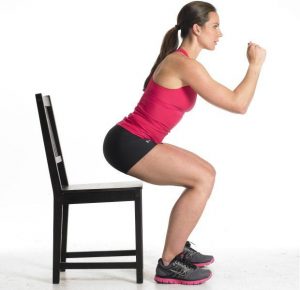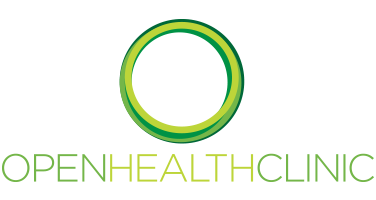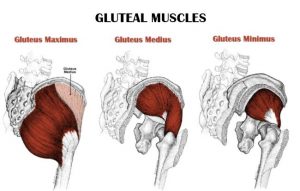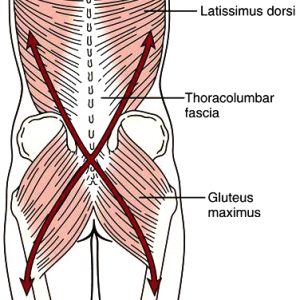
12 Aug It’s all about the Glutes
Maybe it’s just fashion, but current trends in manual therapy and rehab point towards the glutes as the root of many problems. Whether it’s low back pain, knee issues or shoulder problems, glute strength and activity often have a part to play.
Why is this?
The glutes are a group of muscles arranged around the back and sides of your pelvis. There’s gluteus maximus that lifts your leg backwards, gluteus medius that lifts it sideways, and gluteus minimus that lifts it sideways and a little bit forwards with some rotation inwards.
Looking down, these muscles all attach to your thigh bone, hence the movements of your legs that they produce. Looking up however, the glutes attach to the crest of your pelvis, but also to the thoracolumbar fascia, which is a big sheet of dense tissue covering your lower back. This is important since through this attachment, the gluteus muscles can have effects far wider through the body than you might expect. For example, the right shoulder has a connection to the left glutes, and vice versa.
So what happens to the glutes?
What we find in a lot of patients is that their glutes don’t really get going on a daily basis. Since muscles work in synergy with each other, this lack of activity disrupts the balance of muscles and affects our movements, which in turn can contribute to injury.
Since the glutes attach to the thigh bone this can explain knee problems, and because they also have connections across the thoracolumbar fascia, there’s a link to shoulder problems.
How does it get like this?
One of the main culprits of mechanical pain nowadays is 21st century lifestyle, in particular sitting. Sitting does a few key things to our biomechanics:
- It shortens our deep and superficial hip flexors – the muscles that work opposite to our glutes. This tightening on the front makes muscles on the back give up, as we are deep-wired not to use muscles against each other.
- It also puts our pelvis into a backward rotation, which makes the glutes less likely to activate since they become shortened.
- Sitting on the glutes also compresses the tissues, starving them of oxygen. This affects muscle performance and nerve efficiency. Most worryingly, studies show that this occurs after only 15 minutes!
So what to do?
In order to improve function of the glutes, all of these points need addressing.
Having good posture is a great start since with muscles in the right positions they will be ready to fire on demand. To get to this point for some patients might require some stretching of the hip flexors, and perhaps some postural cues to help you correct yourself through the day. For example, we often spend time getting patients to learn to rock their pelvis forwards and backwards so they learnt appreciate the range of motion available.
Some muscle activation work can also help as it will persuade a sleepy muscle to wake up a bit. It will then naturally contribute more to day-to-day movements, and in doing so become more active. A circle of positive reinforcement.

Squatting is the natural movement we use to sit down. Folding at the hips gets lost, and it take glute activation and hip relaxation to regain it!
Lastly we can add some more strength and control. Patients might scoff sometimes at being asked to do squats and lunges, but they are the building blocks of movement. How would you sit down without performing a squat? How do you climb stairs without doing a movement that resembles a lunge? And can you do these movements smoothly?
It’s not all about brute force and explosive power, but instead about fluid, carefree movement. Like when you were a kid.
We hope that this blog may have been of interest. If you’ve been struggling with pain in your low back, knees, or anywhere else, our practitioners are here to help. And if we test your glute function, now you know why!





No Comments